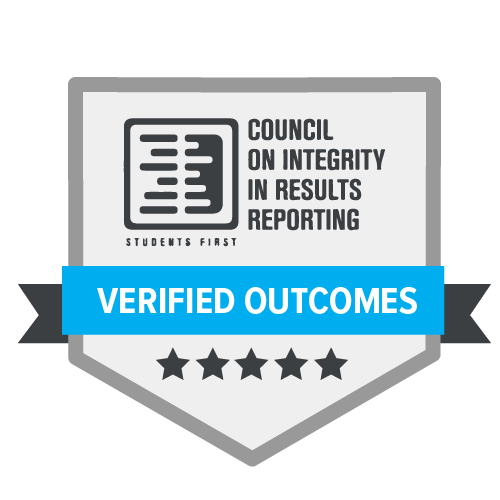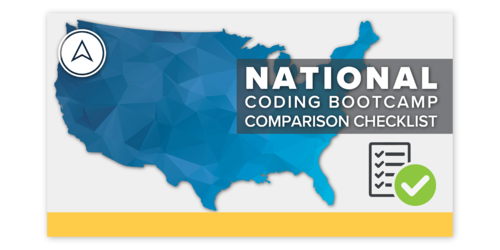Are Coding Bootcamps Misleading You With False Information?
By Tech Elevator’s Director of Admissions, Kalyn Breneman

There are dozens of coding bootcamps you’ll come across in your research promising high-paying jobs after graduation. But did you know that not all bootcamps are equal? Data transparency is a major concern in the bootcamp industry, and as a potential student looking to transform your career, it should be for you too.
Coding bootcamps are not required to report their data in a standardized way and as result, certain bootcamps “fluff” their results to make outcomes like job placement rate and graduation rate sound better than they really are. So, how can you tell who is being transparent and who isn’t?
Ideally, you’ll find bootcamps that report outcomes to the Council on Integrity in Results Reporting (CIRR). CIRR is a non-profit organization who believes that prospective students should know a school’s outcomes before deciding whether to enroll. However, it’s important to note that CIRR reporting is the exception within the industry, meaning the majority of programs do not report to CIRR. In short, look for transparent data from any bootcamp. But what does ‘transparent’ look like you might ask? Keep reading to find out.
“Self-Verified” Job Reports
Often we’ll see bootcamps release their own reports that are self-verified. While it’s great for a bootcamp to have this data for internal purposes, it really provides no true value to you if it isn’t verified by a third party.
Small Sample Sizes
Another misleading practice we’ll see bootcamps do is pad their results by using small sample sizes. For example, let’s say a bootcamp advertises a 89.1% job placement rate after graduation. Sounds pretty good, right? But what this particular bootcamp doesn’t report is that the 89.1% job placement rate was measured by looking at a sample size of only 257 students out of their grand total of 827. If you were to take into account the sample size that’s indicative of their entire population and job placement rate, then you’re actually looking at a 52.3% job placement rate.
Undefined or Long Data Timeframes
When bootcamps report to CIRR, only jobs secured within six months after graduation count toward the job placement rate. Without this parameter, bootcamps can report on jobs placed years after a student goes through the program.
No Public Data
 One data point bootcamps often don’t report on is the average salary earned after graduation. They might leave this out for a number of reasons including low salaries or lack of full-time positions secured. Another data point bootcamps might leave out is the graduation rate. This is an incredibly important metric to include in reports because it indicates how engaging the program is, as well as shows what support programs they offer to keep students on track.
One data point bootcamps often don’t report on is the average salary earned after graduation. They might leave this out for a number of reasons including low salaries or lack of full-time positions secured. Another data point bootcamps might leave out is the graduation rate. This is an incredibly important metric to include in reports because it indicates how engaging the program is, as well as shows what support programs they offer to keep students on track.
Selecting the right bootcamp for your personal needs requires a lot of research but it is crucial to check those boxes that matter most to you. During your conversations with bootcamps, feel free to ask about their reporting standards and challenge them to explain their outcomes in a way that makes sense to you. If you’re interested to see how some of today’s most popular bootcamps stack up against CIRR’s reporting standings, download our free bootcamp comparison checklist.